Rome, the Eternal City, is a treasure trove of ancient wonders that captivate visitors with their historical significance and architectural grandeur. While Rome is often associated with luxury and opulence, it is entirely possible to explore its historic sites without breaking the bank.
From the majestic Colosseum to the serene Pantheon, Rome offers a plethora of budget-friendly attractions that allow travelers to immerse themselves in the city’s rich history and culture.
1. The Colosseum: Standing Tall Through the Ages
Location: Piazza del Colosseo, 1, 00184 Rome, Italy
How to Get There: The Colosseum is centrally located and easily accessible by public transportation. You can take the Metro Line B (Blue Line) and get off at the Colosseo station, which is right in front of the monument. Alternatively, numerous bus lines, including 75, 81, 673, 175, and 204, stop nearby.
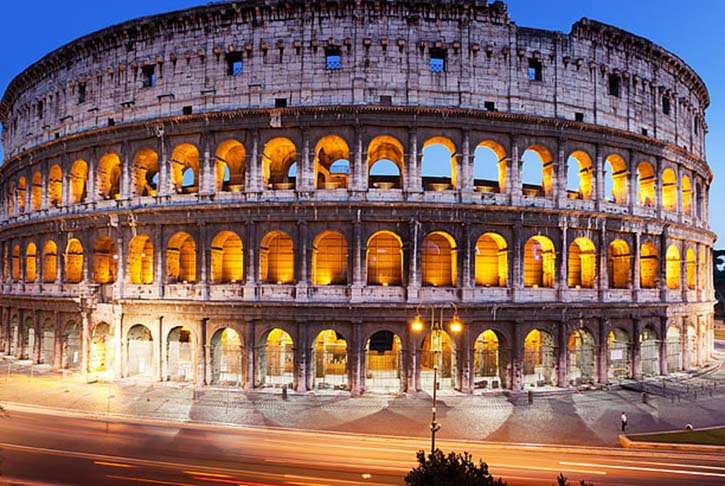
Discounts and Prices: The standard entry ticket costs €16, but there are several discounts available. EU citizens between 18 and 25 years old pay a reduced fee of €2, and children under 18, as well as EU senior citizens over 65, can enter for free. The Colosseum also offers free entry on the first Sunday of each month, though it tends to be quite crowded on these days.
Personal Experience and Recommendation:
Standing before the Colosseum, I couldn’t help but be awestruck by its sheer size and historical significance. As one of Rome’s most iconic landmarks, it symbolizes the grandeur of the ancient Roman Empire. Walking through the massive stone arches, I felt transported back in time to an era of gladiators, emperors, and epic spectacles.
Upon entering, I opted for the combined ticket that includes access to the Roman Forum and Palatine Hill. This ticket can be purchased online in advance, which I highly recommend to avoid the long lines. The guided tour, which cost an additional €5, was well worth it, providing fascinating insights into the history and architecture of the Colosseum.
Inside, I marveled at the intricate network of underground passages and chambers, where gladiators and wild animals were once held before contests. The main arena, though partially restored, still holds an aura of ancient power and drama. The tour guide vividly described how the Colosseum could hold up to 50,000 spectators, all eagerly watching the brutal games that once took place here.
Recommendation: The Colosseum is an absolute must-visit when in Rome. Its historical significance and architectural grandeur make it a highlight of any trip. I would rate it a solid 10/10 for its captivating history and impressive structure. Be sure to book your tickets in advance and consider taking a guided tour to fully appreciate this ancient wonder.
Nearby Attractions: After exploring the Colosseum, I strolled over to the Roman Forum and Palatine Hill, both of which are included in the combined ticket. The Roman Forum, once the heart of ancient Rome, is a sprawling area filled with ruins of temples, basilicas, and public spaces. Palatine Hill, believed to be the birthplace of Rome, offers breathtaking views of the city and the ruins below.
2. Vatican Museums: A Treasure Trove of Art and History
Location: Viale Vaticano, 00165 Rome, Italy
How to Get There: The Vatican Museums are located within Vatican City, and the closest Metro station is Ottaviano on Line A (Red Line), about a 10-minute walk from the entrance. Several bus lines, including 49, 32, 81, and 982, also serve the area.
Discounts and Prices: The standard ticket price is €17, with reduced rates of €8 for children aged 6 to 18 and students up to 25 years old with valid ID. The Vatican Museums also offer free entry on the last Sunday of each month, but this is another peak time, so plan accordingly.
Personal Experience and Recommendation:
The Vatican Museums are a sprawling complex of galleries, halls, and chapels, each filled with priceless works of art and historical artifacts. I booked my ticket online in advance, which allowed me to skip the notoriously long lines at the entrance. This small planning step saved me hours of waiting time and made for a much smoother visit.
The sheer volume of art in the Vatican Museums can be overwhelming. I started my visit with the Gallery of Maps, where intricately painted maps of Italy cover the walls and ceilings, showcasing the cartographic skills of the Renaissance period. The Raphael Rooms, adorned with stunning frescoes by Raphael and his pupils, were another highlight. Each room tells a story through its vivid imagery, capturing moments of religious and historical significance.
Of course, the pièce de résistance is the Sistine Chapel. Standing beneath Michelangelo’s masterpiece, “The Last Judgment,” and his iconic ceiling frescoes, was a humbling experience. The chapel’s beauty is beyond words, and I spent a considerable amount of time absorbing the intricate details and the immense skill involved in its creation. Photography is not allowed inside the chapel, allowing visitors to fully immerse themselves in the artwork without distractions.
Recommendation: The Vatican Museums are a must-visit for art lovers and history enthusiasts. The collection is unparalleled, and the experience of seeing the Sistine Chapel in person is unforgettable. I would rate this attraction 9/10, with the only downside being the potential for large crowds. Booking tickets in advance and arriving early can help mitigate this issue.
Nearby Attractions: After visiting the museums, I walked over to St. Peter’s Basilica, which is just a short distance away. The basilica’s grandeur and architectural splendor are awe-inspiring, and the climb to the top of the dome offers stunning panoramic views of Vatican City and Rome. Be sure to also explore St. Peter’s Square and admire the magnificent colonnades designed by Bernini.
3. Pantheon: The Temple of All Gods
Location: Piazza della Rotonda, 00186 Rome, Italy
How to Get There: The Pantheon is centrally located in Rome’s historic district. It is within walking distance from Piazza Navona and the Trevi Fountain. If using public transport, the nearest bus stops are on Via del Corso, served by numerous lines such as 30, 40, 62, 81, and 87.

Discounts and Prices: Entrance to the Pantheon is free, though donations are encouraged to help with maintenance and restoration efforts.
Personal Experience and Recommendation:
The Pantheon, with its magnificent dome and ancient columns, is one of Rome’s best-preserved ancient buildings. As I approached the grand entrance, the sense of history was palpable. The Pantheon was originally built as a temple for all Roman gods and later converted into a Christian church, adding layers of historical significance to its already impressive structure.
Walking inside, I was struck by the sheer size of the rotunda and the oculus at the dome’s center, which allows natural light to flood the interior. The architectural precision and engineering required to construct such a building in ancient times are nothing short of remarkable. The floor, made of colorful marble, features intricate patterns and designs that add to the building’s beauty.
As I wandered through the Pantheon, I took time to admire the tombs of several notable figures buried here, including the painter Raphael and the first two kings of united Italy, Vittorio Emanuele II and Umberto I. The serene atmosphere inside the Pantheon invites reflection and a deep appreciation for the craftsmanship and history encapsulated within its walls.
Recommendation: The Pantheon is a must-see attraction in Rome. Its architectural grandeur and historical significance make it a highlight of any visit. I would rate it 10/10 for its beauty, accessibility, and the awe-inspiring sense of history it evokes. Since entry is free, it’s also a fantastic budget-friendly option for travelers.
Nearby Attractions: After visiting the Pantheon, I explored the nearby Piazza Navona, a lively square filled with street artists, cafes, and baroque fountains, including Bernini’s famous Fountain of the Four Rivers. The Trevi Fountain, another iconic Roman landmark, is also within walking distance, offering a perfect spot to toss a coin and make a wish.
4. Trevi Fountain: A Roman Icon
Location: Piazza di Trevi, 00187 Rome, Italy
How to Get There: The Trevi Fountain is centrally located in Rome, near the intersection of several major streets. The closest Metro station is Barberini on Line A (Red Line), about a 10-minute walk from the fountain. Numerous bus lines, including 52, 53, 62, 63, 71, 80, 83, 85, and 160, also serve the area.
Discounts and Prices: Visiting the Trevi Fountain is free, making it an accessible and budget-friendly attraction for all visitors.
Personal Experience and Recommendation:
The Trevi Fountain, with its stunning baroque design and flowing water, is one of Rome’s most famous landmarks. As I approached the fountain, the sound of cascading water and the sight of the majestic sculptures took my breath away. The central figure of Neptune, flanked by two tritons, commands attention, while the intricate details of the surrounding statues and carvings add to the fountain’s beauty.
I arrived early in the morning to avoid the large crowds that gather here throughout the day. This allowed me to fully appreciate the fountain’s artistry and capture some fantastic photos without the usual throngs of tourists. Following tradition, I tossed a coin into the fountain over my left shoulder, ensuring my return to Rome someday.
The area around the Trevi Fountain is bustling with activity, with numerous cafes, gelaterias, and shops lining the nearby streets. After admiring the fountain, I indulged in a delicious gelato from a nearby shop, savoring the rich flavors while taking in the vibrant atmosphere.
Recommendation: The Trevi Fountain is a must-visit landmark in Rome, offering a perfect blend of art, history, and tradition. I would rate it 9/10 for its beauty and the unique experience it provides. Arriving early in the morning or late in the evening can help avoid the crowds and enhance your visit.
Nearby Attractions
: The Spanish Steps, another popular tourist spot, are just a short walk from the Trevi Fountain. Climbing the steps offers a lovely view of the surrounding area and leads to the beautiful Trinità dei Monti church at the top. The nearby Piazza di Spagna is also worth exploring, with its elegant shops and charming cafes.
5. The Roman Forum: Heart of Ancient Rome
Location: Via della Salara Vecchia, 5/6, 00186 Rome, Italy
How to Get There: The Roman Forum is located in the center of Rome, adjacent to the Colosseum. The nearest Metro station is Colosseo on Line B (Blue Line), and several bus lines, including 51, 75, 85, 87, and 118, stop nearby.

Discounts and Prices: The Roman Forum is included in the combined ticket with the Colosseum and Palatine Hill, costing €16 for adults. Discounts are available for EU citizens aged 18 to 25 (€2) and free entry for children under 18 and EU senior citizens over 65. Free entry is also offered on the first Sunday of each month.
Personal Experience and Recommendation:
Walking through the Roman Forum, I felt like I was stepping back in time to the days of ancient Rome. The Forum, once the center of political, social, and economic life, is now a sprawling area filled with ruins of temples, basilicas, and public buildings. I highly recommend starting your visit at the Arch of Titus, which serves as a grand entrance to the Forum.
The site is vast, so I opted for a guided tour to fully understand the significance of each ruin. Our guide was knowledgeable and brought the history of the Forum to life with vivid descriptions of the daily activities and events that took place here. We explored the Temple of Saturn, the Arch of Septimius Severus, and the House of the Vestals, each with its own unique story.
One of the highlights was standing on the steps of the Rostra, where famous orators like Cicero once addressed the public. The view from here offers a fantastic perspective of the entire Forum, allowing you to appreciate the scale and importance of this ancient site.
Recommendation: The Roman Forum is an essential part of any visit to Rome, providing deep insights into the city’s ancient history and culture. I would rate it 9/10 for its historical significance and the immersive experience it offers. A guided tour is highly recommended to fully appreciate the site’s rich history.
Nearby Attractions: After exploring the Forum, I headed to Palatine Hill, included in the same ticket. Palatine Hill offers beautiful views of the Forum and the surrounding city, along with its own set of ancient ruins and gardens. The nearby Capitoline Hill and its museums are also worth a visit for more insights into Roman history and art.
6. Piazza Navona: Rome’s Baroque Masterpiece
Location: Piazza Navona, 00186 Rome, Italy
How to Get There: Piazza Navona is located in Rome’s historic center, near the Pantheon and Campo de’ Fiori. The nearest bus stops are on Corso del Rinascimento and Via Zanardelli, served by lines 30, 70, 81, 87, 116, 186, 492, 628, and 916.
Discounts and Prices: Access to Piazza Navona is free, making it an open and welcoming space for all visitors.
Personal Experience and Recommendation:
Piazza Navona is one of Rome’s most beautiful and lively squares, renowned for its stunning baroque architecture and vibrant atmosphere. As I entered the square, I was immediately captivated by the grandeur of the Fountain of the Four Rivers, designed by the famous sculptor Gian Lorenzo Bernini. The fountain features four river gods representing the major rivers of the four continents known at the time: the Nile, the Ganges, the Danube, and the Rio de la Plata.
The square is lined with charming cafes, restaurants, and gelaterias, making it a perfect spot to relax and enjoy the local cuisine. I chose a quaint café with outdoor seating, where I enjoyed a delicious plate of pasta while people-watching and soaking in the lively atmosphere. The square is also home to the Church of Sant’Agnese in Agone, designed by Francesco Borromini, another masterpiece of baroque architecture.
Piazza Navona is not just a feast for the eyes but also a hub of cultural activity. Street performers, artists, and musicians add to the vibrant ambiance, creating a lively and entertaining experience. I spent hours wandering around the square, admiring the beautiful fountains, sculptures, and historic buildings.
Recommendation: Piazza Navona is a must-visit spot in Rome, offering a perfect blend of art, history, and vibrant street life. I would rate it 10/10 for its beauty, cultural richness, and the lively experience it provides. Be sure to visit both during the day and at night, as the square takes on a different charm under the evening lights.
Nearby Attractions: The Pantheon and Campo de’ Fiori are both within walking distance of Piazza Navona. The Pantheon, with its impressive dome and ancient history, is a must-see, while Campo de’ Fiori offers a bustling market during the day and a lively nightlife scene in the evening. The nearby Via del Governo Vecchio is also worth exploring for its charming shops, boutiques, and cafes.
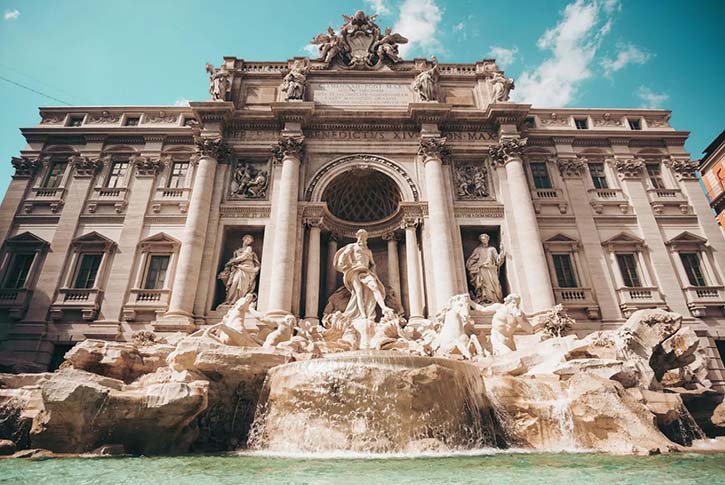
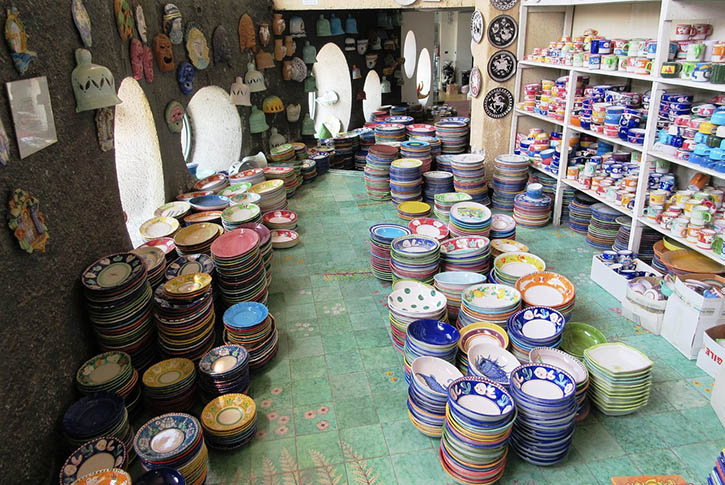

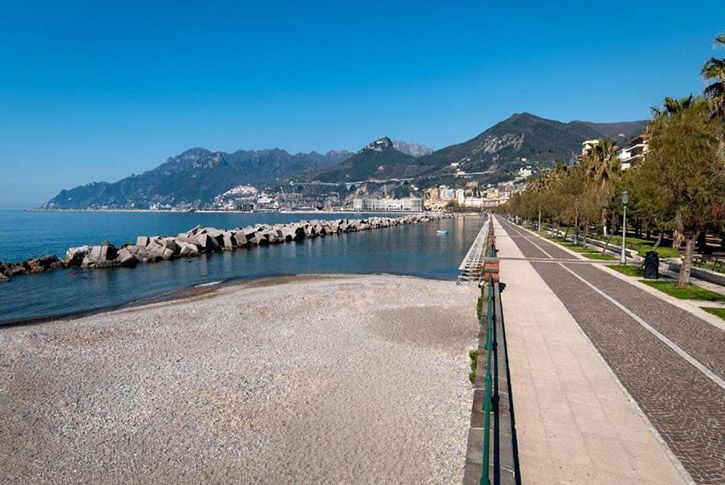
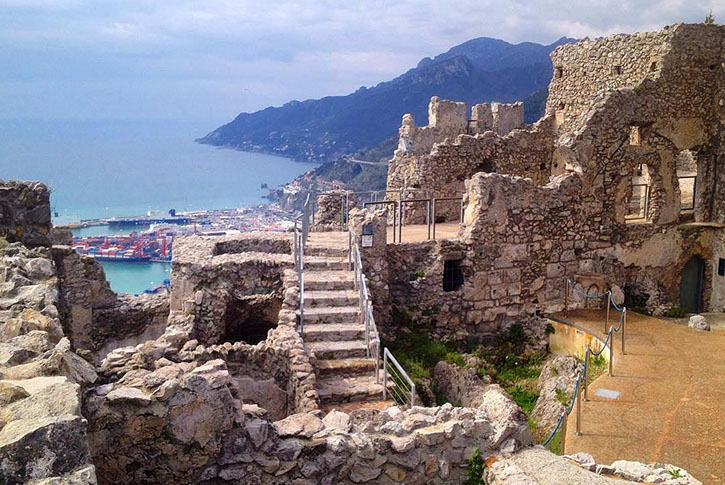

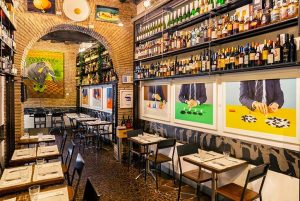

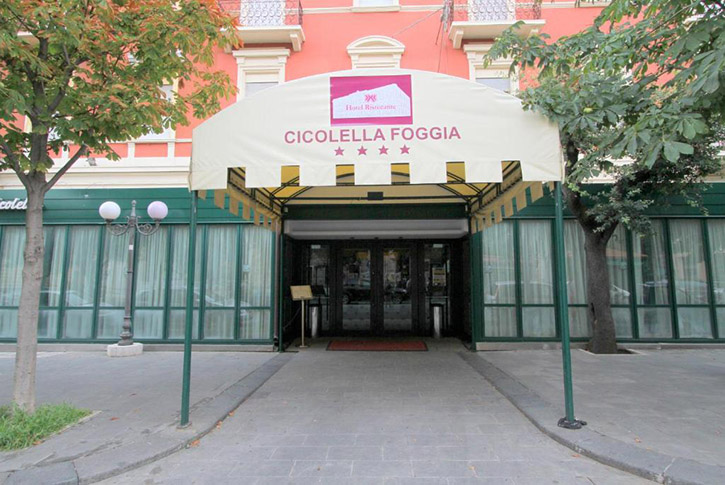
+ There are no comments
Add yours